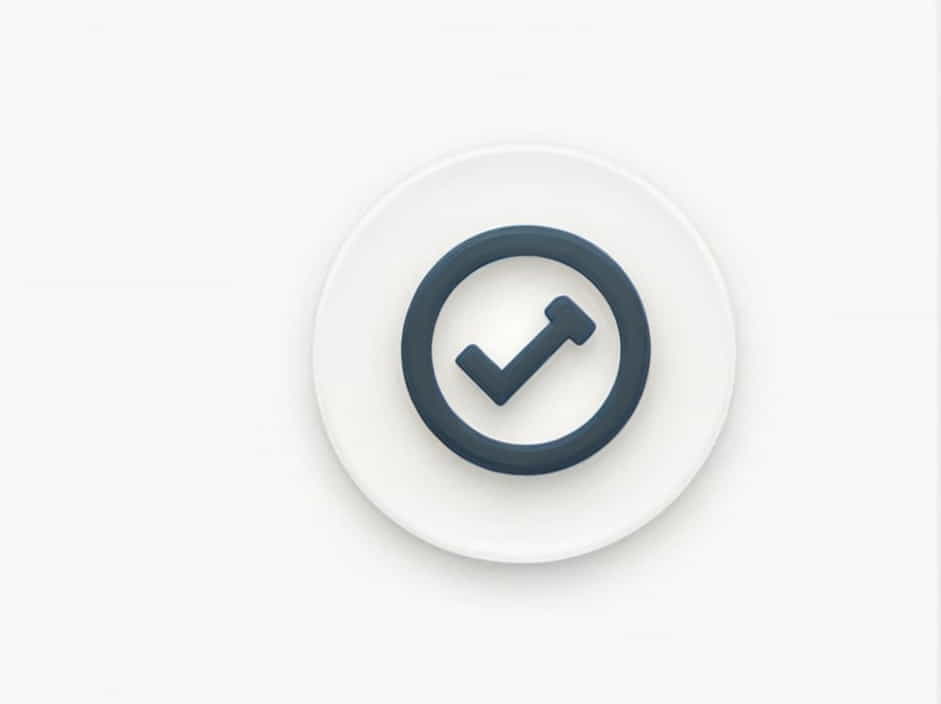A rent receipt is an important document that serves as proof of payment between a tenant and a landlord. It confirms that rent has been paid for a specific period and is often required for tax purposes, legal disputes, or applying for financial assistance.
If you’re wondering where to find your rent receipt or how to obtain one, this guide will walk you through everything you need to know.
What Is a Rent Receipt?
A rent receipt is a written acknowledgment from a landlord or property manager confirming that a tenant has paid rent. It typically includes:
- Tenant’s name
- Landlord’s name and contact details
- Property address
- Amount paid
- Payment date
- Payment method (cash, check, bank transfer, etc.)
- Signature of the landlord or property manager
Where to Find Your Rent Receipt
If you need to locate your rent receipt, consider the following sources:
1. Ask Your Landlord or Property Manager
The most straightforward way to get a rent receipt is to request one from your landlord or property management company. Many landlords automatically provide receipts, while others may issue them only upon request.
Tip: If you pay rent in cash, always ask for a receipt to avoid disputes.
2. Check Your Lease Agreement
Some lease agreements specify how rent payments are documented. If the lease requires the landlord to provide receipts, they must comply with this condition.
3. Review Your Bank or Online Payment Records
If you pay rent through bank transfers, online payment platforms, or checks, your transaction history can serve as proof of payment. Some landlords may accept bank statements as an alternative to a formal rent receipt.
Common payment methods that provide records:
- Bank transfers
- Mobile payment apps (PayPal, Venmo, Zelle)
- Online rent payment portals
- Credit card transactions
4. Check Your Email or Online Portal
Many modern landlords and property management companies send digital receipts via email or tenant portals. If you pay rent online, log in to your account to download past receipts.
5. Look for Paper Receipts in Your Records
If your landlord provides paper receipts, check your files, drawer, or any folder where you store important documents. Keeping a designated folder for rent receipts can help you stay organized.
What to Do If You Can’t Find Your Rent Receipt
If you cannot locate your rent receipt, here’s what you can do:
1. Request a Duplicate Copy
If your landlord issued a receipt but you lost it, ask for a duplicate. Most landlords keep records of rent payments and can provide a replacement.
2. Provide Alternative Proof of Payment
If your landlord refuses to issue a receipt, use the following as proof:
- Bank statements showing rent payments
- Canceled checks
- Digital payment confirmations
- Lease agreements specifying rent payments
3. Document Future Payments
To avoid issues in the future, keep a digital or physical copy of every rent receipt. If your landlord does not provide one, create your own rent payment log and request confirmation via email.
Why Rent Receipts Are Important
1. Proof of Payment
A rent receipt protects both tenants and landlords by confirming that rent has been paid.
2. Tax Deductions
In some countries, rent payments qualify for tax deductions. Rent receipts may be required as proof when filing taxes.
3. Legal Protection
A receipt can serve as evidence in case of disputes, eviction claims, or misunderstandings regarding unpaid rent.
4. Credit and Loan Applications
Some lenders require rent receipts as proof of consistent housing payments when evaluating loan applications.
Finding your rent receipt is crucial for financial, legal, and tax-related purposes. Whether you retrieve it from your landlord, an online portal, or your bank records, always ensure you have a copy for your records.
If you struggle to obtain one, request a duplicate or use alternative proof of payment. Keeping track of rent receipts will help you avoid potential issues and maintain a clear payment history.
